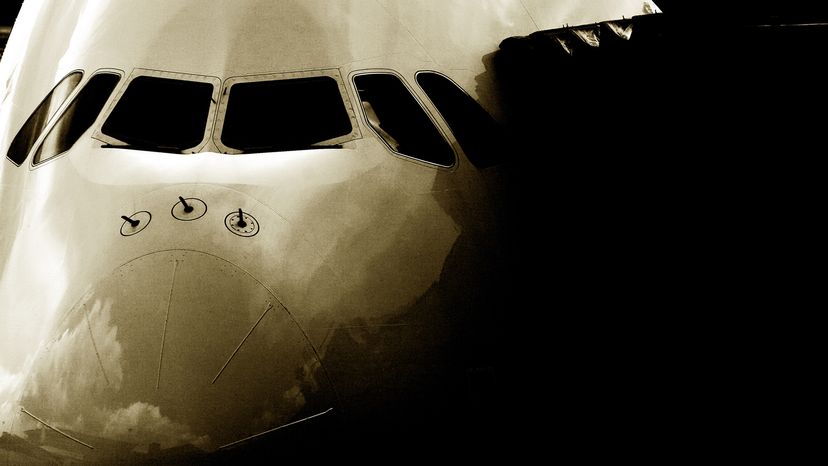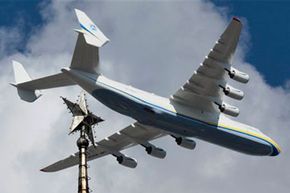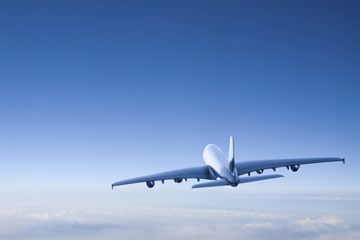While length, height, wingspan and empty weight are all valid criteria in ranking aircraft, the one aviation industry experts most often use to determine which plane is biggest is the maximum takeoff weight (MTOW). That's the most a plane can weigh and still get off the ground; it incorporates not only the weight of the plane but also its fuel supply and cargo (human or otherwise).
Using the MTOW criteria, it's not hard to pick a winner: The Antonov An-225 has earned the title on the Guinness World Record.
Operated by Antonov Airlines, the An-225 is a cargo plane. Up until 2022, it transported vehicles, supplies and all sorts of aid all over the world.
But it began its life serving a different purpose.
What the An-225 Carries
Originally built to haul around the Buran (the former Soviet Union's space shuttle) the An-225 found itself unemployed and in storage when the Russian space program came to an end in the early '90s.
Over a decade later, one of the two An-225s in existence found a new role as a commercial cargo jet (the second remains unfinished in storage to this day). It's ideally suited to the role because of both its size and its max takeoff weight.
It has 46,000 cubic feet (1,300 cubic meters) of cargo space. That's enough for five military tanks or eight double-decker buses [source: BC]. More importantly, with a maximum takeoff weight of 1.32 million pounds (600,000 kilograms), it can get those tanks or buses off the ground — and fly them almost 3,000 miles (4,800 kilometers) to their destination [source: Aerospace, Eisenstein].
Comparing the An-225 to Other Large Aircraft
For comparison, both the Boeing 747 and the An-124 (the model that inspired the An-225) have maximum takeoff weights of 900,000 pounds (405,000 kilograms) [source: Aerospace]. The A380 can get off the ground carrying about 1.24 million pounds (560,000 kilograms), which is a pretty close second and beats out any other passenger aircraft [source: GA]. The massive Spruce Goose had an MTOW of 400,000 pounds (181,000 kilograms), which is still the record for a seaplane [source: Aerospace].
While the An-225 tops all aircraft, and the A380 beats out every other passenger plane, the future of aircraft design could make going even bigger a little easier.
Increasingly lightweight composite materials are allowing for more size without more weight, and advances in aviation technology and flight design are making it easier to get more weight off the ground [source: FG].
The An-225 and the Russian Invasion of Ukraine
The largest aircraft is not in use today after Russian forces invaded the Hostomel Airport in Ukraine and destroyed this important piece of aviation history. According to Antonov's estimates, repairing the wide-body aircraft would cost $500 million.




